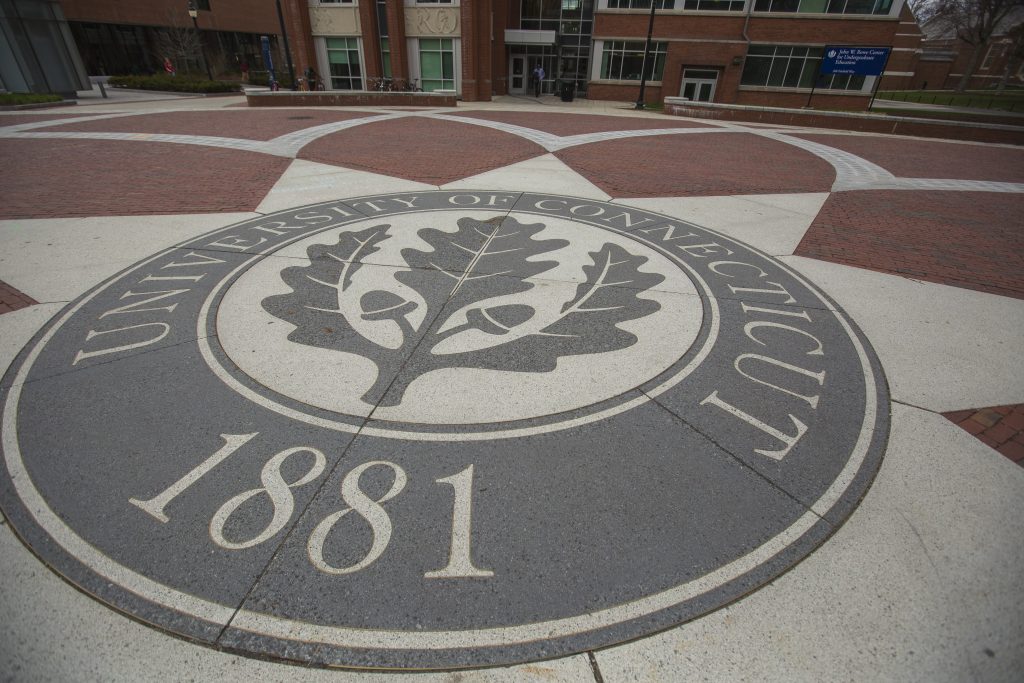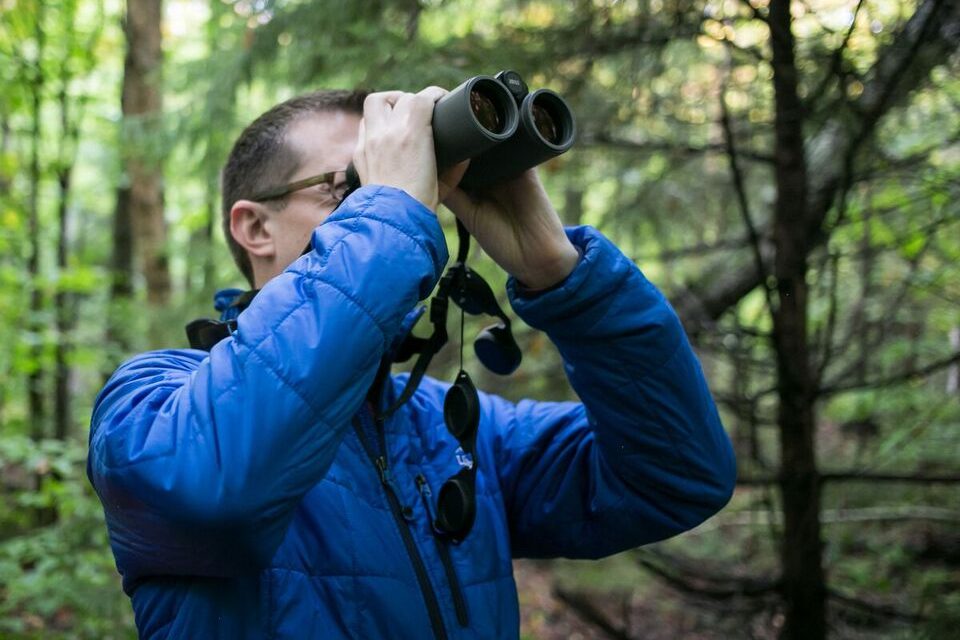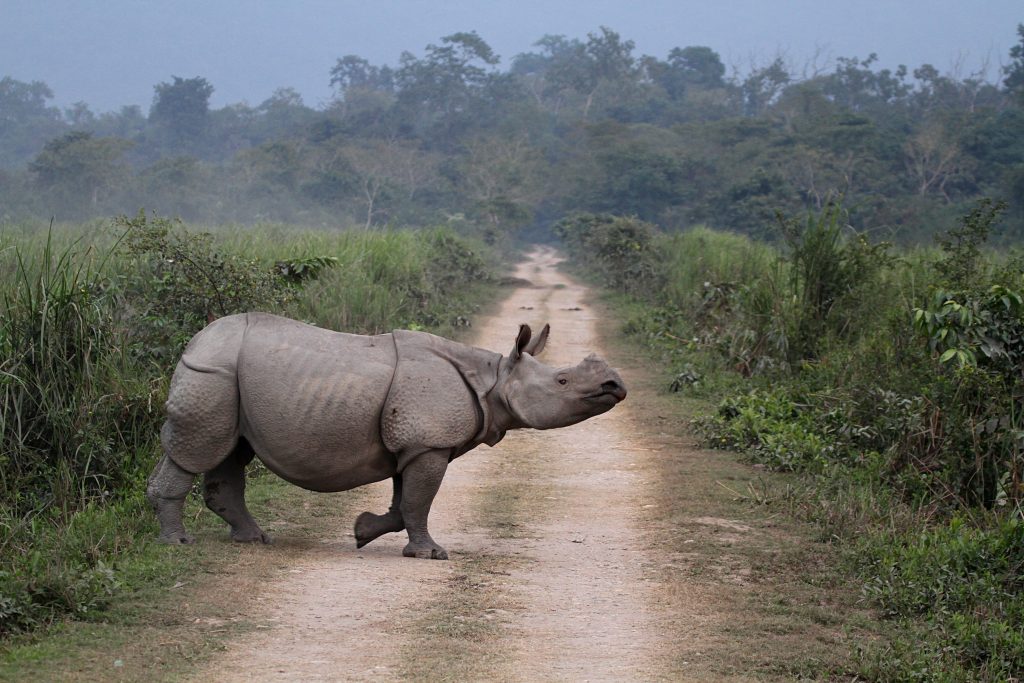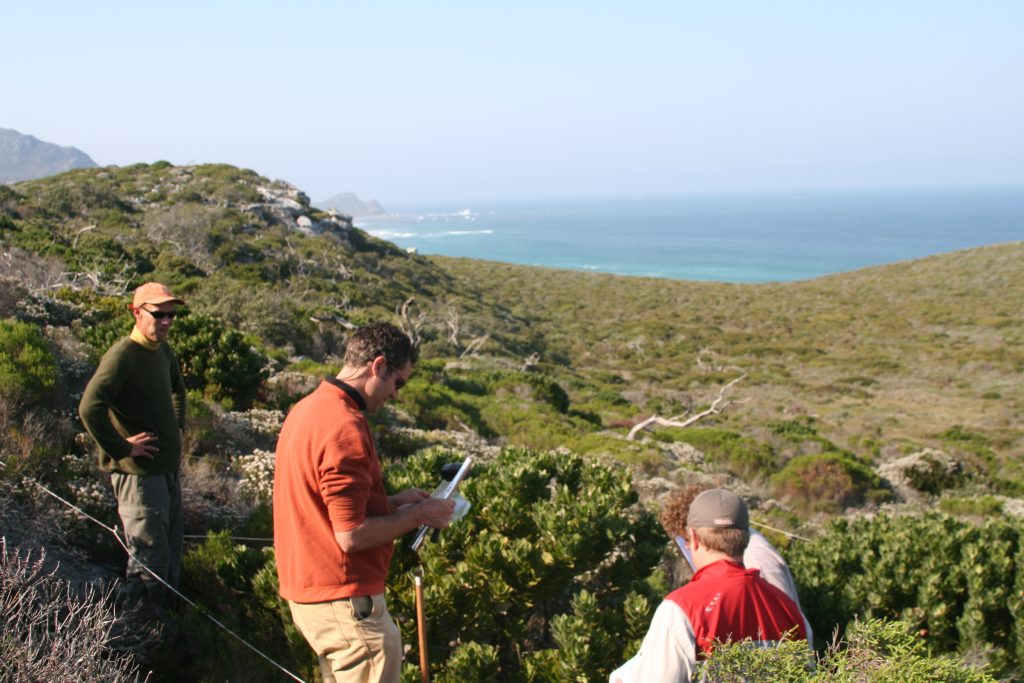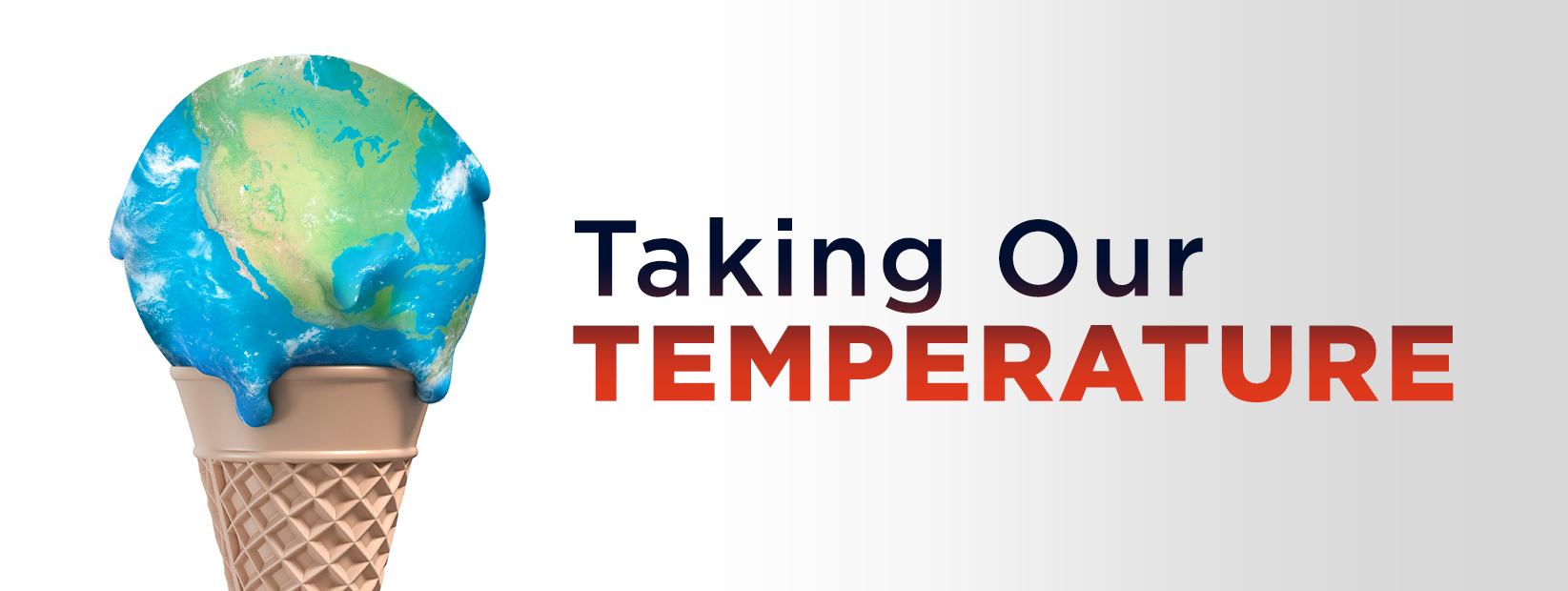
Series
UConn's Climate Change Research
How will climate change alter bird migration patterns and the spread of invasive plants? How will residents of cities and coastal communities around the world need to adapt? UConn’s faculty members, graduate students, and undergraduates are tackling these and other questions in labs and in the field every day. The answers may not halt the changes, but with each study, UConn’s researchers are amassing knowledge that will lead to greater understanding of what lies ahead.
Laying the Foundation for Carbon Dioxide Reduction
A team of UConn researchers is working to achieve carbon neutrality through a process called electrochemical carbon dioxide reduction.
November 1, 2023 | Christie Wang, for UConn Research
UConn Research, Provost’s Office Launch Student-Centric Sustainability Initiative
Offices announce PRISMATIC: The President’s Research Investment in Sustainability Measures, Actions, Technologies, Initiatives, and Communities
October 31, 2023 | Matt Engelhardt
Ticking Biological Clock: Migratory Birds Arriving Late to Breeding Grounds
A growing shift in the onset of spring has left nine of 48 species of songbirds studied unable to reach their northern breeding grounds at the calendar marks critical for producing the next generation of fledglings, according to a new paper in Nature Scientific Reports.
May 15, 2017 | Loretta Waldman, UConn Communications, and Natalie van Hoose, Florida Museum of Natural History
To Conserve Tropical Forests and Wildlife, Protect Rights of People Who Rely on Them
A UConn global environment expert argues that when countries protect the rights of local people and support their participation in the political process, they are better able to handle conflicts over the environment.
April 20, 2017 | Prakash Kashwan, Department of Political Science
The New Game of Russian Roulette for Fire-Prone Ecosystems
The findings of a new study are a concern for fire-prone ecosystems, including those in the United States, Australia, and South Africa.
April 17, 2017 | Kristen Cole

